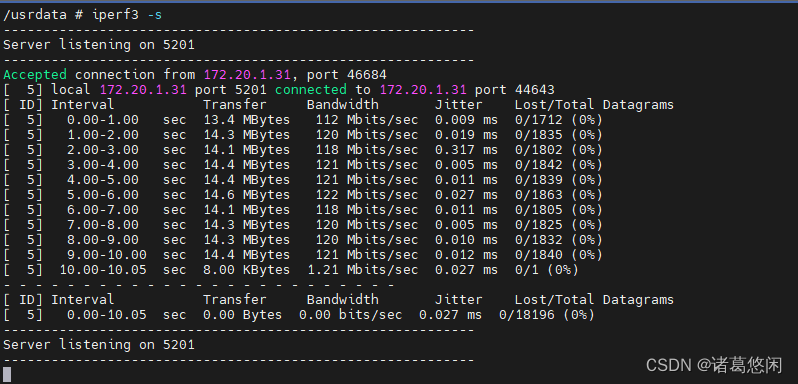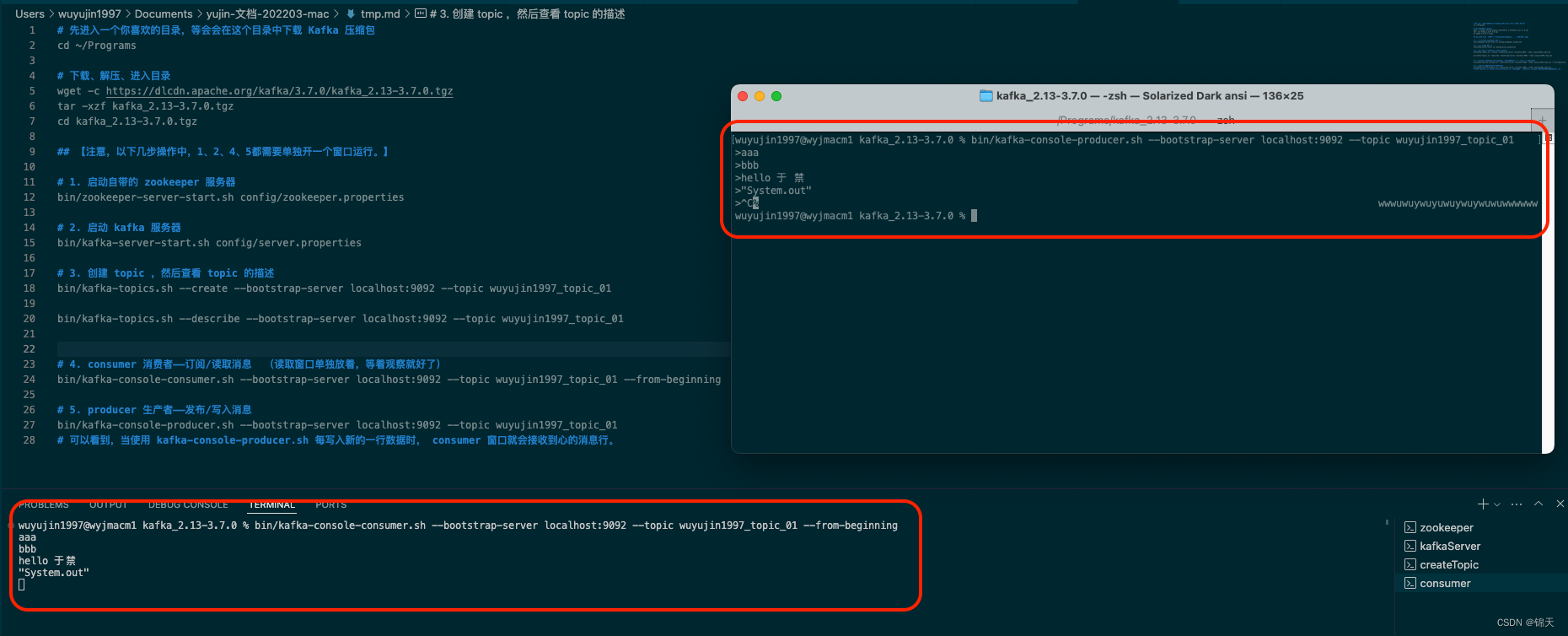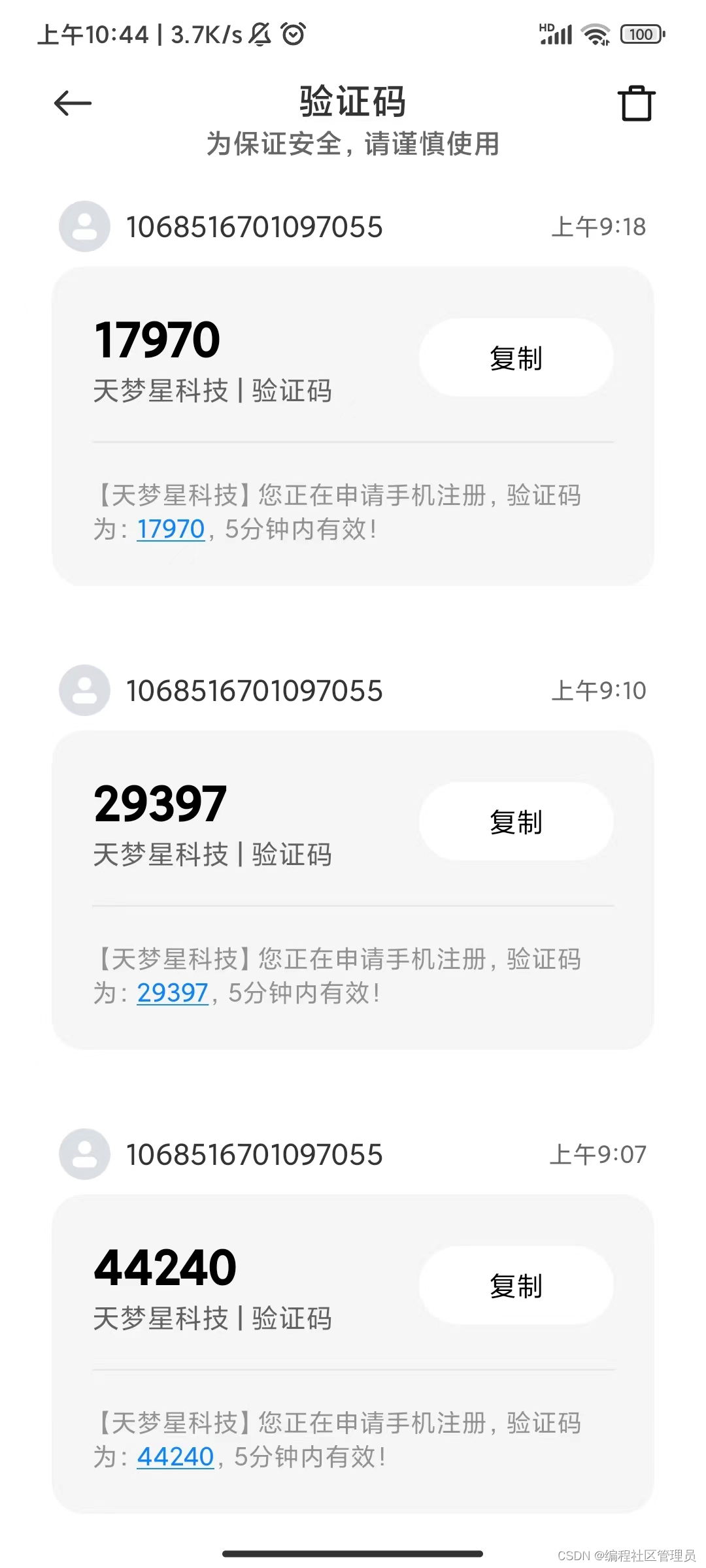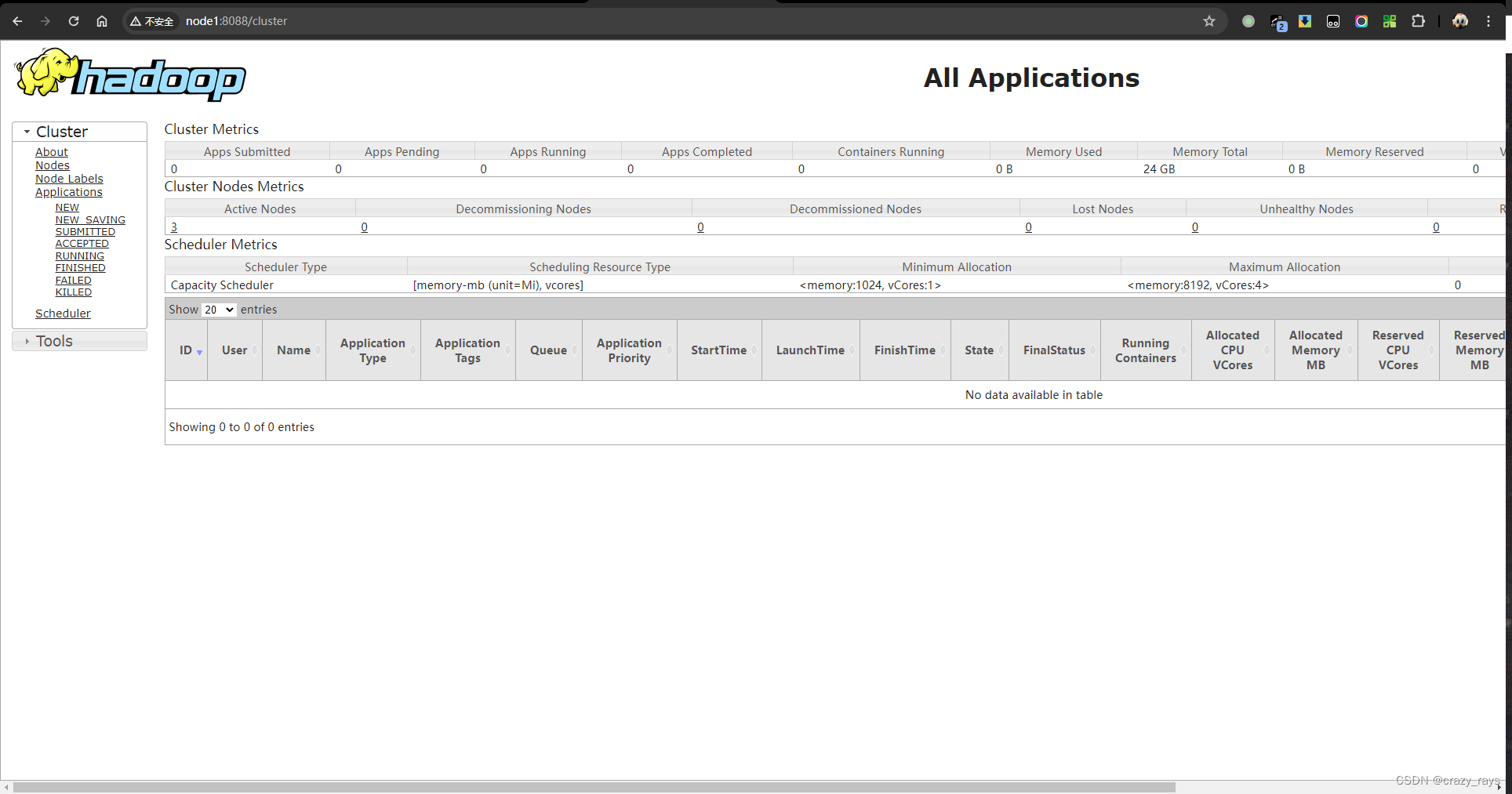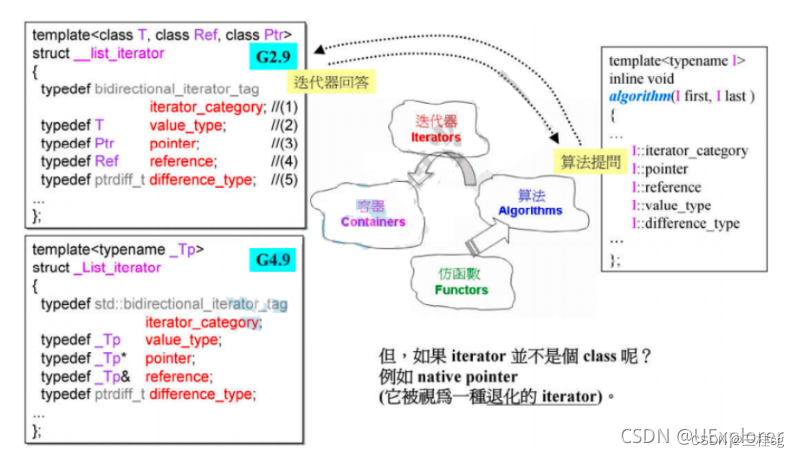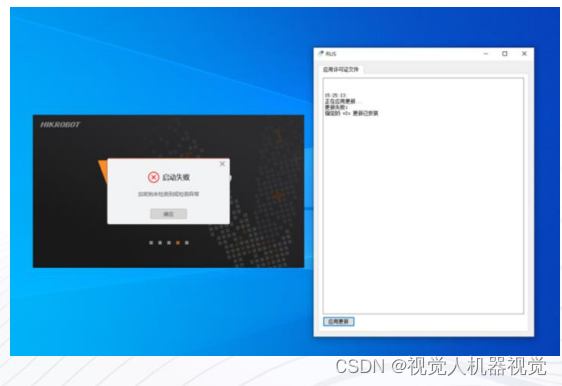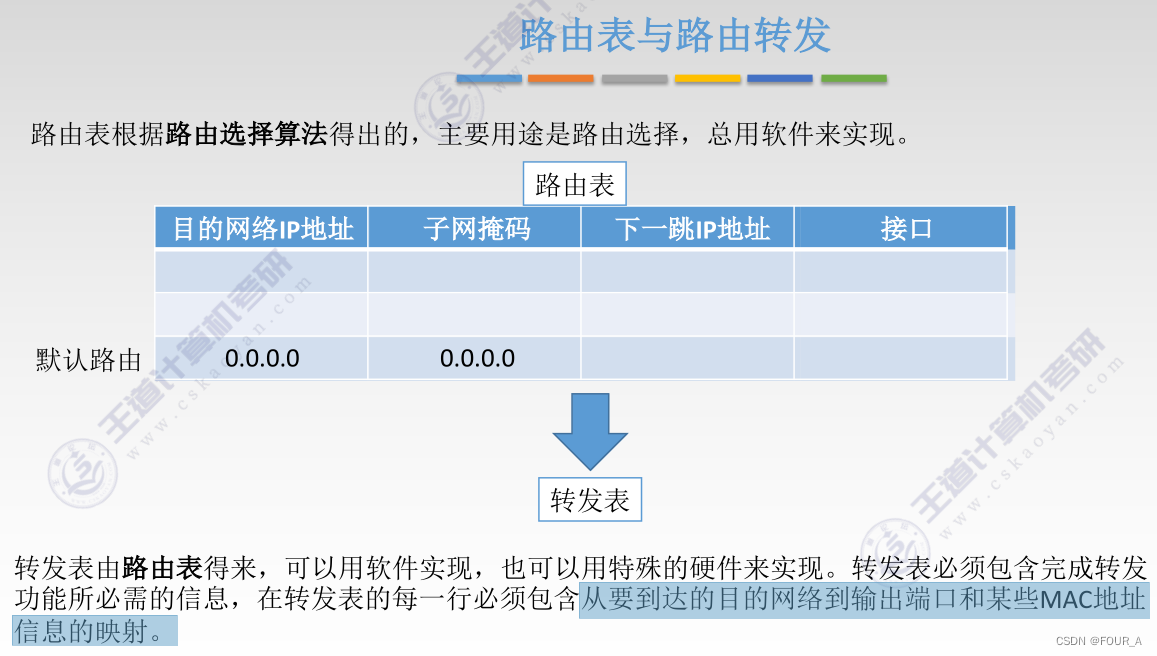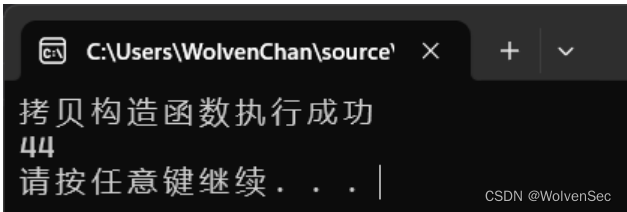示例:
/**
* @brief how about function-declare-call? show you here.
* @author wen`xuanpei
* @email 15873152445@163.com(query for any question here)
*/
#define _CRT_SECURE_NO_WARNINGS//support c-library in Microsoft-Visual-Studio
#include <stdio.h>
extern int printf(const char *format, ...);//declare outer
extern void perror(char const* s);//declare outer
int main(){
extern int printf(const char *format, ...);//declare in function body
extern void perror(char const* s);//declare in function body
/*interface prototype:
int printf(const char *format, ...);*/
printf("\n%d %d %d\n"
, printf("A")//call and receive return value
, printf("BB")//call and receive return value
, printf("CCC")//call and receive return value
);//call and don't care about return value
/*interface prototype:
void perror(const char *s);*/
perror("test");//call and don't care about return value
getchar();
return 0;
}1)编译运行

2)要点分析
1)头文件中有着对函数接口的声明(函数原型),可以重复再次声明
2)函数调用时,首先需要知道函数原型
3)函数调用时,参数从右往左逐个传递
4)函数调用后,如果有返回值可以选择使用相同类型的变量来接收,或者不接收
5)函数调用后,如果没有返回值,那就不用接收
尾声:
其它不明白的地方不用过于纠结,那只是在浪费时间。学得多了,回过头来看自然融会贯通。





